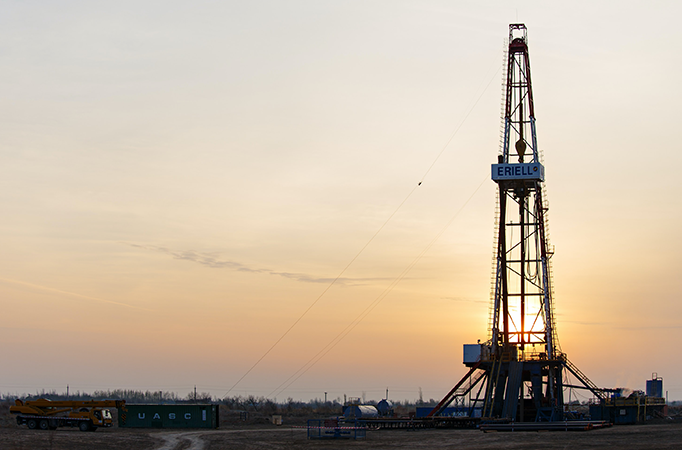
Vlieghe Boosts Sterling’s Gains
Discussion and Analysis by Charles Porter:
Gertjan Vlieghe, an External member of the Monetary Policy Committee, gave a speech in London today offering an uncharacteristically hawkish conclusion. Whilst the conclusion appeared to be only as aligned to a rate hike as yesterday’s Monetary Policy Decision, the endorsement from a characteristically dovish member, and the indication of Committee-consensus, offered financial markets confidence in a hike. Therefore, Sterling experienced a strong appreciation against most currencies taking it to its highest rate against the dollar since the UK’s EU referendum vote.
Delivering a speech to the Society of Business Economists’ at their annual conference in London, Gertjan Vlieghe provided an academic and theoretical discussion of real interest rates and risk. However, at the concluding end of the member’s speech, the useful yet market-neutral content resided in favour of a more practical and market orientated forecast. The anticipated central bank actions that the speech attested to very much followed yesterday’s monetary policy committee minutes publication.
Specifically, this speech at the London conference uncovered Vlieghe’s willingness for “a rise in Bank Rate… as early as in the coming months”. In comparison, these comments conform well to the minutes’ market admonition that the probability of a rate-hike is under-priced and it is thus likely to come sooner than expected. Despite the hawkish closing line within the speech and the published minutes of the Committee, there pervaded a strong conditionality.
Vlieghe’s conclusion was consequential to the satisfaction of four criterions:
“If these data trends of reducing slack, rising pay pressure, strengthening household spending and robust global growth continue, the appropriate time for a rise in Bank Rate might be as early as in the coming months.”
Whilst Wednesday’s publication of employment and wage growth showed a positive and confident economy, the publication also showed below expectation and, crucially, below-inflation wage growth. Therefore, we must question the achievability of at least one of the above criteria and, if we are realistic; more. Despite confident addresses from central bank chairs and heads of government across the globe that the worldwide recovery is maturing, the momentum behind any correction could easily dwindle.
The Euro made considerable gains too against the Dollar on the back of low retail figures. Forecast to rise yet, in reality, falling in percentage change terms, the US Dollar has experienced a headwind today. The last twenty-four hours have seen tragic and serious events including the launch of a second missile over Japanese territory from the North Korean regime. Similarly, geopolitical risk and tension has boiled over into a visible spectrum manifesting as an improvised explosive devise being detonated on a London underground train.
Despite these awful events, a risk-off strategy has not gripped markets strongly, with the trading value of the Japanese Yen versus, for example, the Dollar being low and the price of Gold not evidencing a turn to safe-haven assets. We find ourselves, therefore, in a relatively unpredictable market environment.
Related Insights

Daily Brief – Stagflation USA
Stagflation USA This is the spectre confronting Federal Reserve Chair Powell and the wider USA. It is unusual simultaneously to have both rising unemployment and higher prices with the consequence of rising inflation, but that is where the USA stands today, in the face of the TT or Trump tariffs. Unsurprisingly, despite POTUS offering his […]

Daily Brief – Oil Price
Oil Price Pre TT or Trump Tariffs, the oil price seesawed around but mostly reverted to its mean over a few trading sessions unless a major piece of economic, political or trade news arose. All that has gone out of the window with steady declines in session after session, so in case you have been […]

Daily Brief – Asia on Fire
Asia on Fire The TWD or Taiwan Dollar has scarcely featured in most FX traders’ consciousness until the past four weeks, when the NTD has roared up over 10%. The Korean Won has managed a respectable 6%, the Thai Baht and the Malaysian Ringgit 5% and the Singapore Dollar 4%. So what’s behind it? The […]


 Humphrey Percy
Humphrey Percy